How to stop your dog from chasing and barking at cats, by expert trainer Ben Randall
The conflict between cats and dogs seems to be as old as time, but it really doesn't have to be that way as award-winning trainer Ben Randall explains.

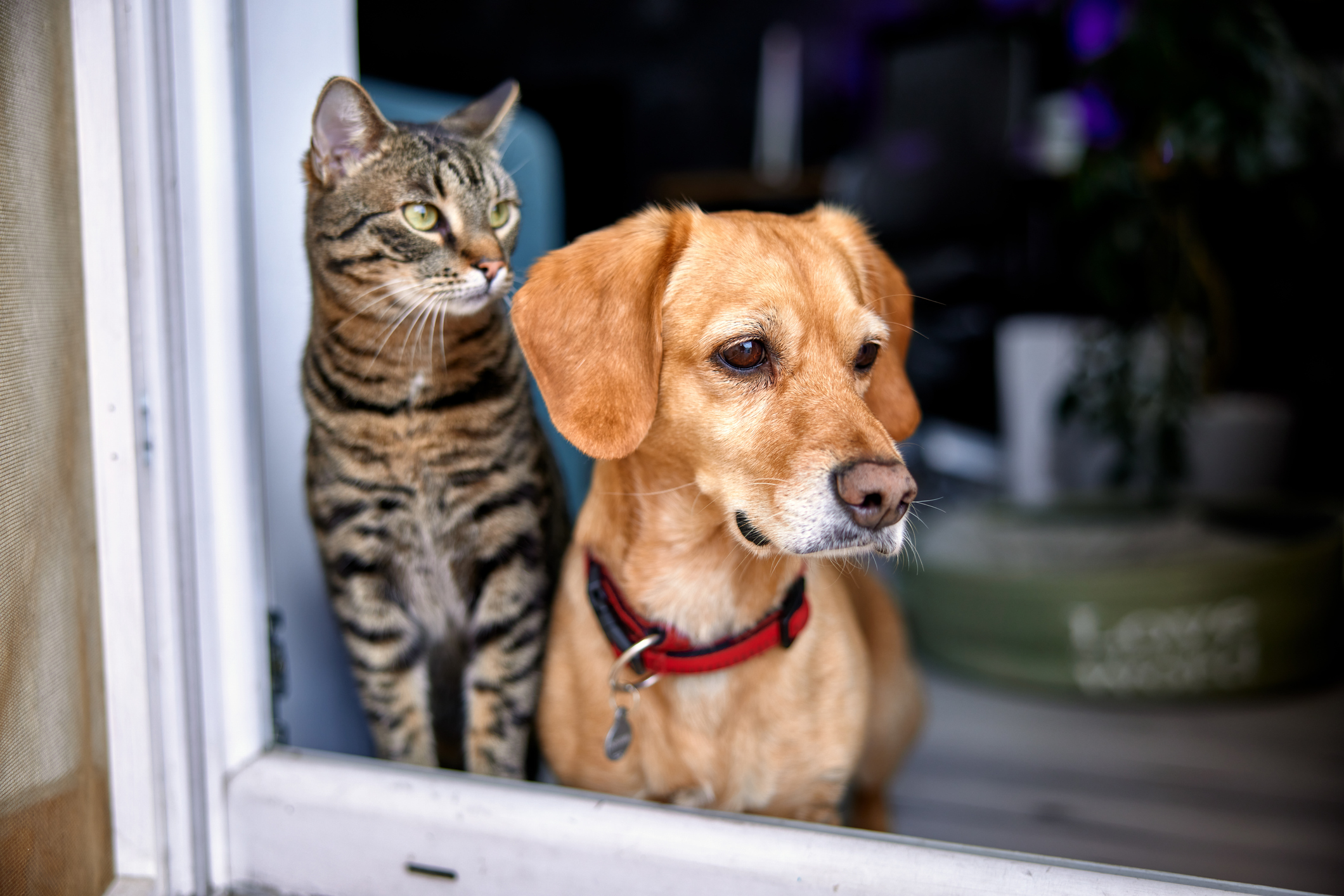
What can you do with cats? Their owners struggle to train them even in the most basic things, beyond setting a mealtime schedule — and even then, it's more like the cat training the owner than the other way round.
So what can you do to put things right if your dog is getting wound up by one of the cats in your neighbourhood? The onus is going to be on you to help your dog relax and accept its feline nemesis, rather than expecting the cat to change its ways. This is the issue facing today's reader, who wrote in via paws-for-thought@futurenet.
Dear Ben Our dog Benny, a crossbreed rescue dog, has always been a lovely, calm and well-behaved family pet over the years we've had him. Sadly, though, we've had a problem since one of our neighbours got a cat. Benny has always become a bit excited when he's seen cats out and about in the past, but it's never been a big deal until now, since the cat seems to like sitting on fences, perches, tree branches and shed roofs, just looking casually down at our pet. To be honest the cat isn't really making a nuisance of itself, but just its presence riles him up and he can't help barking hopelessly and running around in circles. What can we do? — JL and PL, via email
Oh dear. Cats do have a tendency to sit near dogs while keeping themselves out of danger, in a safe zone, quite happily staring at the carnage going on beneath them their canine counterparts go bananas.
I've seen some things you wouldn't believe at clients' houses, with dogs almost destroying rooms in frustration as they try to reach a cat who is sitting calmly on a bookshelf or similar perch, quite probably enjoying every second of their mischief!
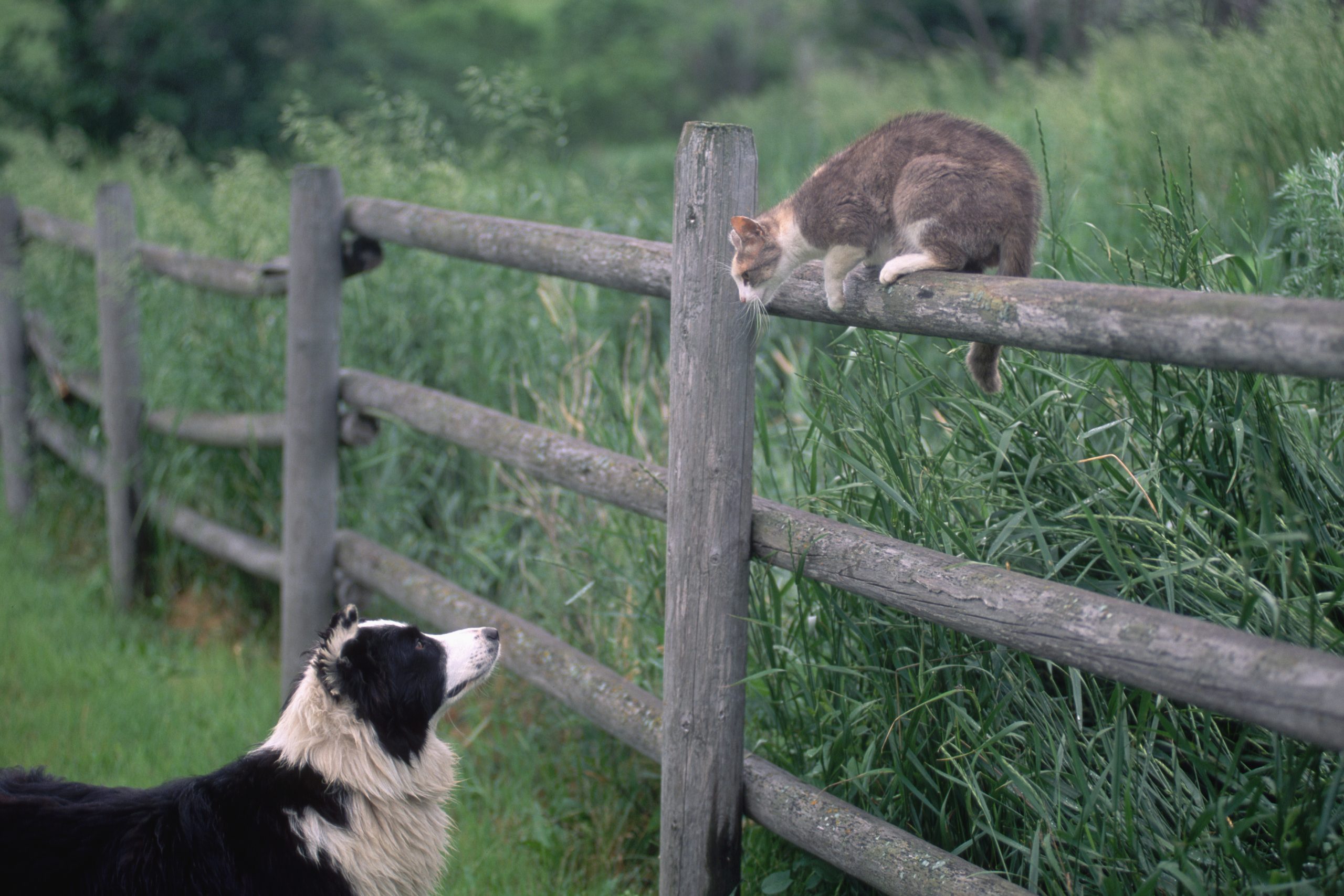
Usually it's something that I come to when an animal lover has both dogs and cats under the same roof, but there's still plenty you can do if it's a cat from somewhere else round your way who is causing the trouble. These are the steps to take.
1. Reinforce your basic training
You mention that your dog is generally calm and well-behaved, but ask yourself honestly if he could be better — particularly with learning the leave command, which I often call the biggest weapon in my arsenal. Having a command which can stop a dog immediately from doing what it’s doing is vital – especially if there's potential danger, from poison, nearby roads, chasing sheep or other animals. It really is crucial that it's well-established and a command that both of you understand and respect.
It doesn't sound like it's the problem in your situation, but normally if a dog is acting up I tend to find lots of other things that are essential in my BG (Beggarbush) training have been missed too. Simple things like teaching your dog to sit, training him or her to be patient and getting your dog to walking to heel on and off the lead all build the trust and mutual respect between you and your pet, which in turn makes it easier for them to put their faith in you when you ask something else of them. Get these things, and that leave command, absolutely nailed down and the rest of these tips will be so much easier to put in place.
Exquisite houses, the beauty of Nature, and how to get the most from your life, straight to your inbox.
2. Make a point of taking your dog out to come into contact with the cat
Approach your neighbour and explain the situation — I'm sure they'll be sympathetic, as they'll probably be just as stressed as you are, and worrying that the two pets are going to end up having a real go at each other. Let them know that Benny sees the cat as both a potential annoyance and a source of excitement in the garden; trying to keep the two apart will just drive the curiosity, frustration and suspicion all the more, so they really need to get used to each other.
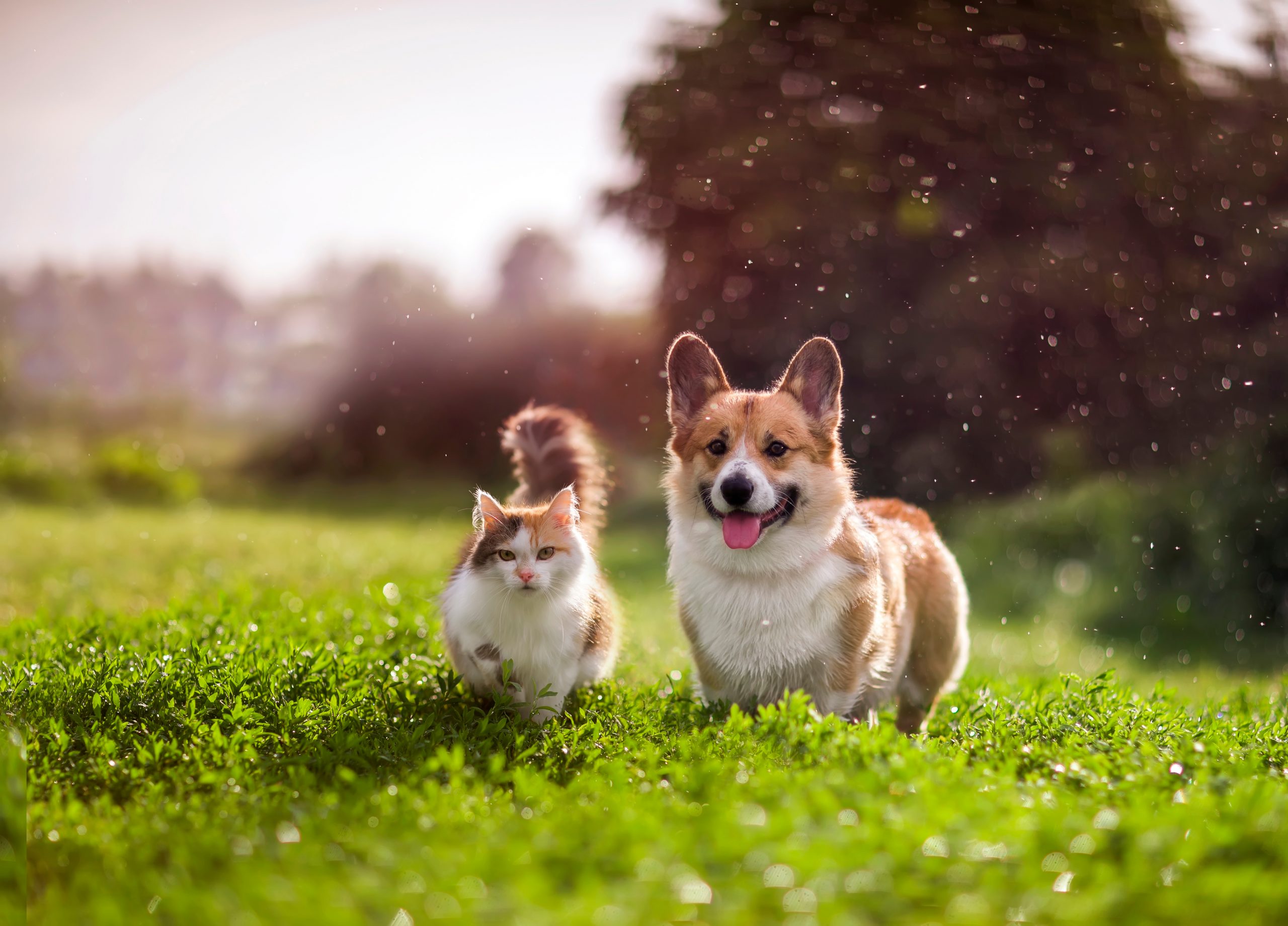
When the cat is out and about, take your dog out and keep him on the lead. Walk up and down the garden with him, rewarding with praise and the occasional piece of kibble so long as he stays calm, and using the leave command the moment he starts to growl or move towards where the cat is. Once he's used to that, have him walk to heel with you round the garden but off the lead; again, praising and rewarding good behaviour and telling him to 'leave' the moment he focuses on the cat instead.
By showing him that he can trust you, and that there really is nothing to worry about with the cat, he'll quickly learn to accept the cat's presence.
3. Bring the dog and cat face to face
This third step relies on you having a good relationship with your neighbours, and while I realise it's a step that not everyone will want to take, for many people it will be worth exploring. Remember: it’ll be helping you, and your dog, and your neighbour, and the cat.
The ultimate goal is that the cat and dog get on well, so I’d like to try to teach the dog and cat to interact, firstly on the lead outside, and then hopefully in the home environment on and off the lead.
Put your dog on the lead and ask him to sit quietly, while the neighbours pick their cat up and pop into your house (or vice versa) for a chat. Start slowly for a minute or two and build up, and you'll get the two pets used to each other.
Be patient: it will take several sessions, but if you get on with your neighbours it'll work. Pets will pick up on positive vibes and calm atmosphere if you're having a friendly chat with the people next door, and your dog will become accustomed to the environment, the cat, and behaving well in that environment. Once all is going well, you'll be able to try doing it with the dog off the lead.
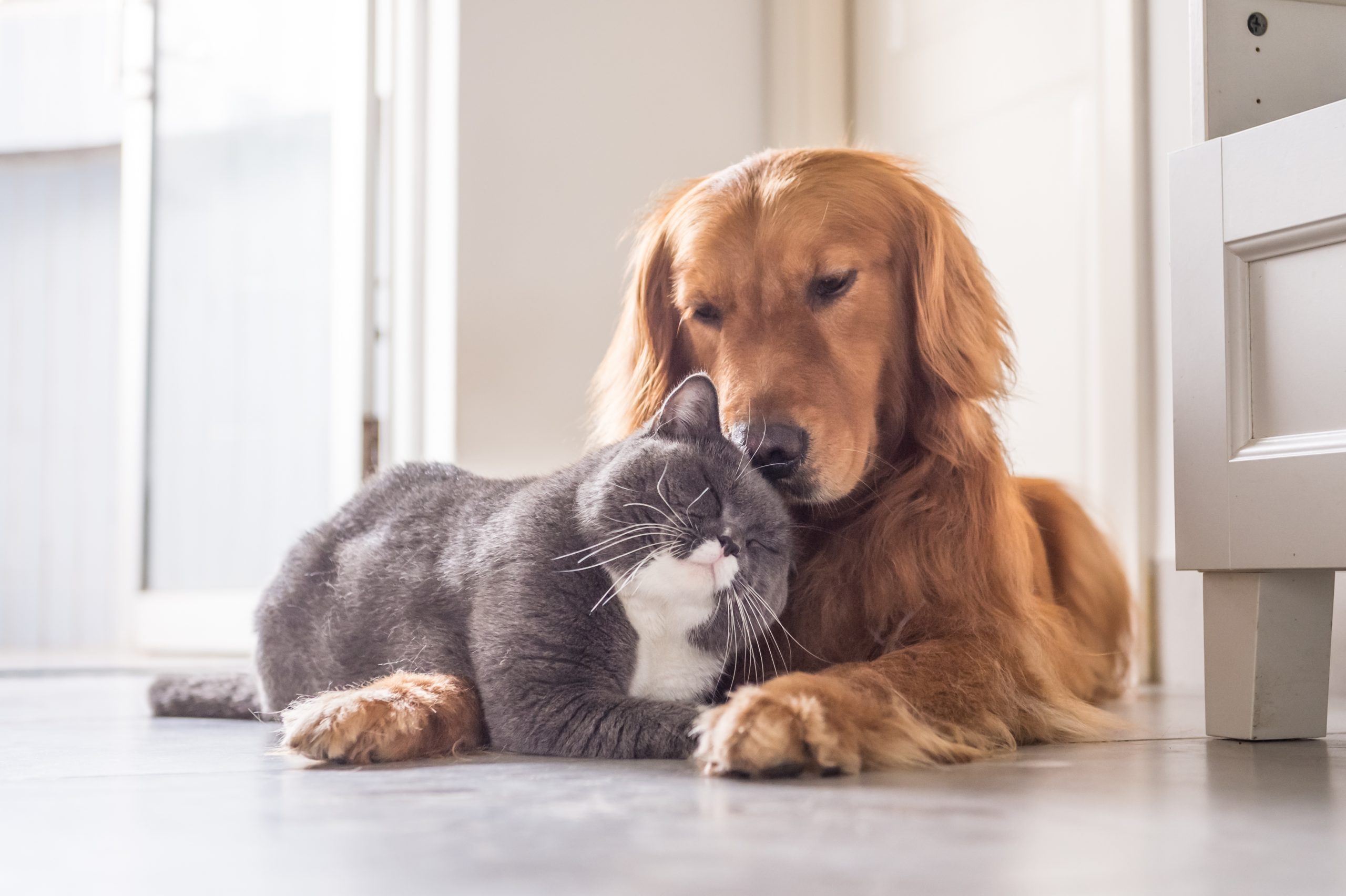
And if you're still proceeding without incident, you can test this in the garden — harder than it sounds, for this is the most tempting place for the dog to bark at or chase a cat, since it’s where he’s learned the bad habit. Yet with everything you've learned and reinforced, all should be much better. Teaching good behaviour and breaking bad habits isn't easy but it's always worth it in the end.
Ben Randall’s book, ‘How to Train Your Gundog’, is out now. You can order it here at £40.
For more detailed advice about Ben Randall’s positive, reward-based and proven BG training methods, one-to-one training sessions, residential training or five-star dog-boarding at his BGHQ in Herefordshire, telephone 01531 670960 or visit www.ledburylodgekennels.co.uk. For a free seven-day trial of the Gundog app, which costs £24.99 a month or £249.99 a year, visit www.gundog.app/trial
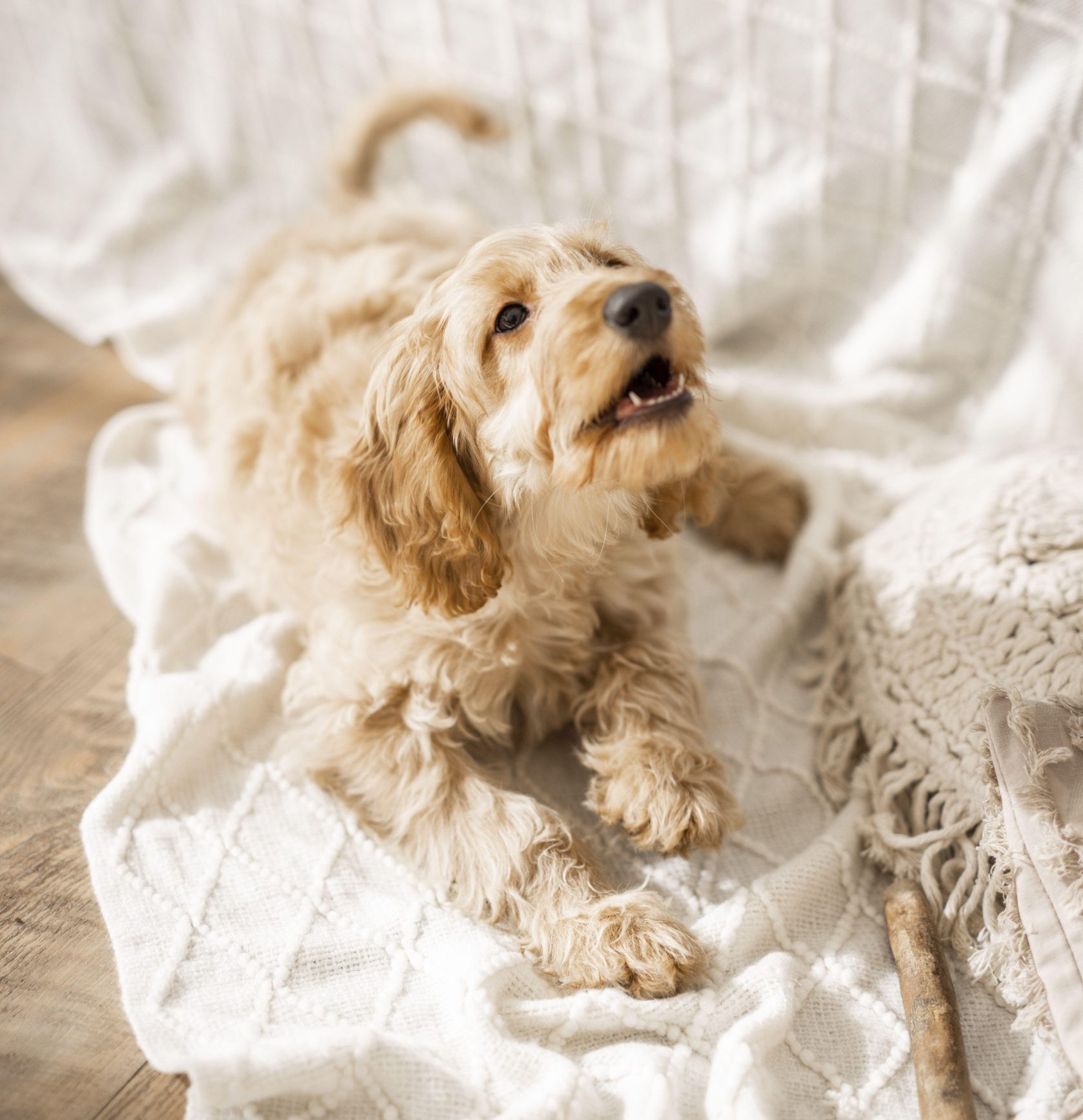
Credit: Alamy
How to stop a dog barking whenever they leave the room, by expert trainer Ben Randall
Some dogs enter defensive mode every time a door is opened or closed, something which is exhausting for owner and

How to train your dog to leave things on command, by expert dog trainer Ben Randall
Teaching a dog to stop stealing food, clothes, TV remotes or anything else that they like to pinch can feel
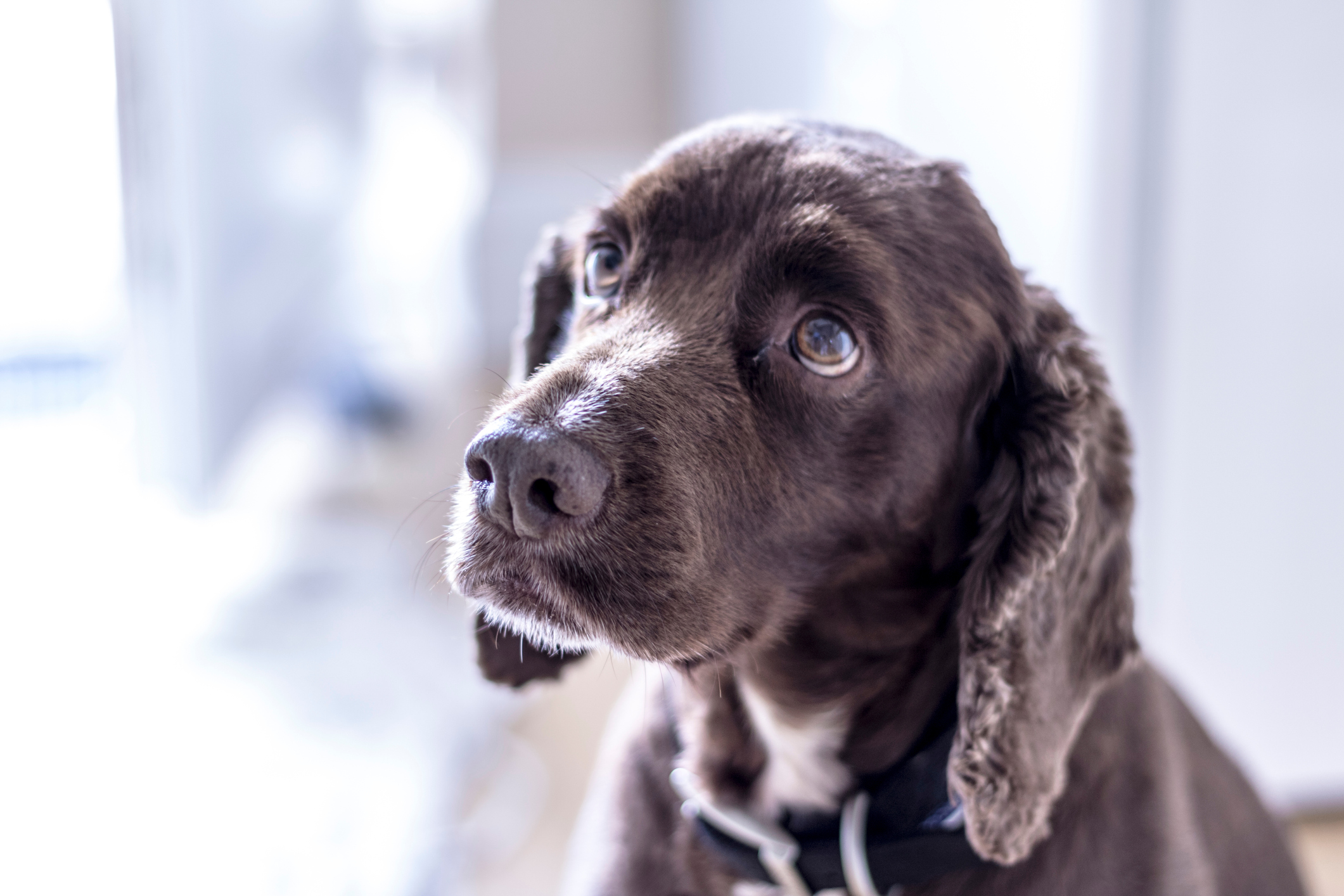
Credit: Getty
What to do if your dog keeps barking when you leave the house, by A-list trainer Ben Randall
The unconditional love of a dog is a wonderful thing, but when they get so attached that they can't bear
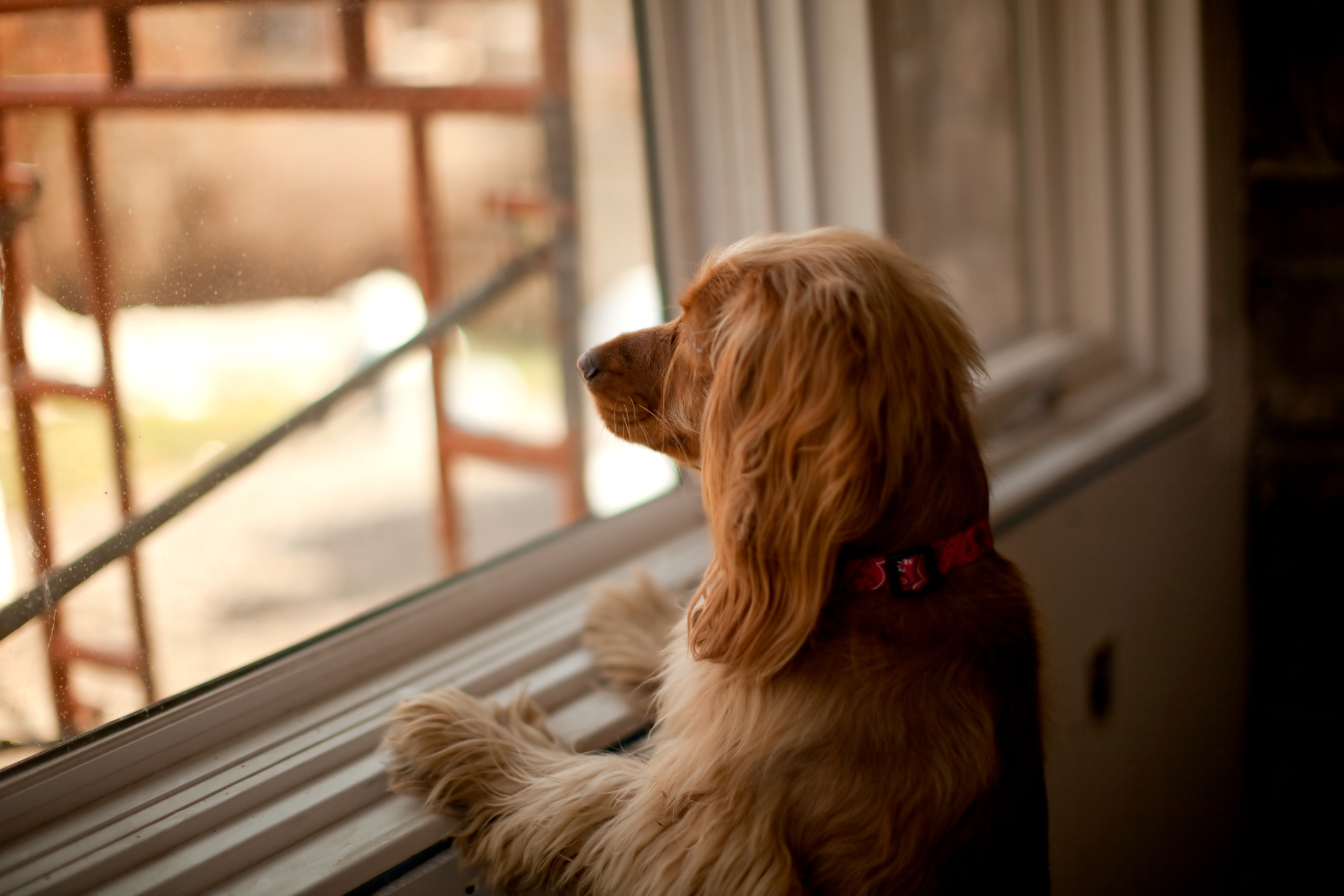
How to leave a dog alone in the house without it getting stressed, by training expert Ben Randall
With millions of people heading back to the office more regularly, leaving a dog on its own is more common
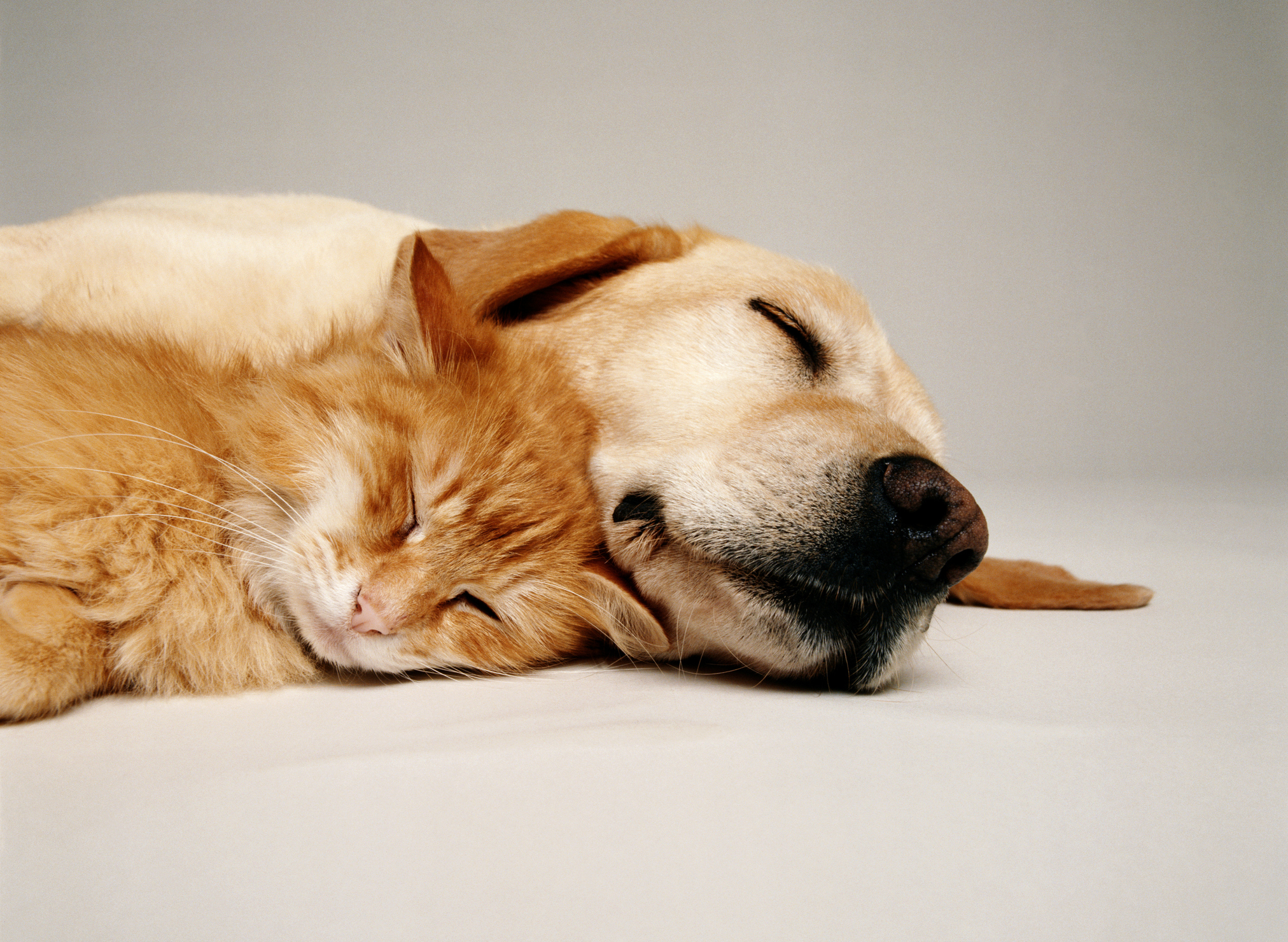
Credit: Getty
How to introduce a puppy to your cat, by expert dog trainer Ben Randall
Introducing a dog to a cat can be nerve-wracking, but get it right and the two of them can get
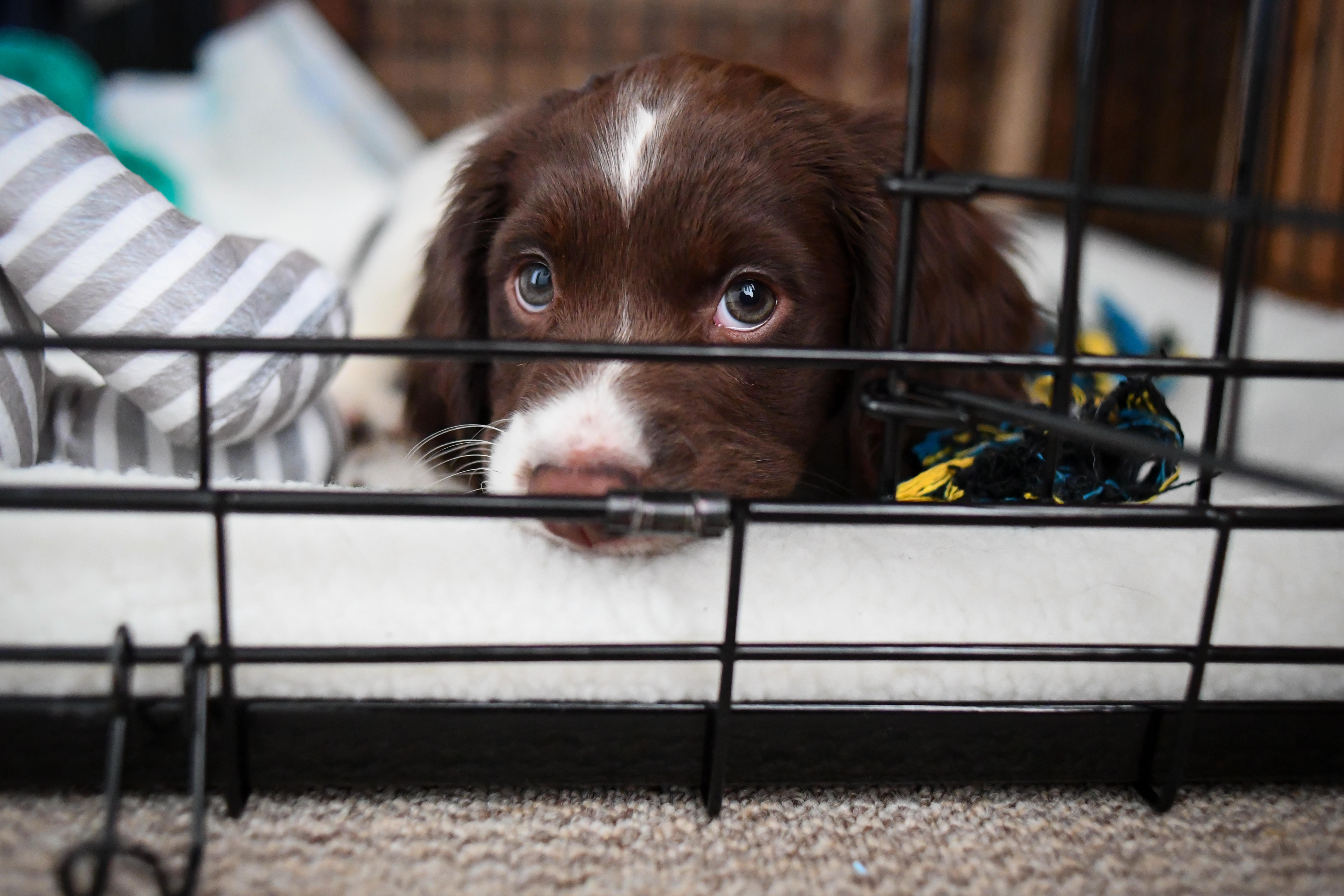
Credit: Alamy
How to stop your puppy crying at night, by dog training expert Ben Randall
The heartbreaking whimper of a puppy calling for you will tug on the heartstrings like few other things, but you
